Days 1-4: In previous posts
Days 5 and 6: Berat (overnight two nights)
Day 7: Tirana (overnight one night)
Day 8: Kruje, Shkodër (overnight in Shkodër)
Day 9: Shkodër (this was supposed to have been Theth National Park – it wasn’t) (overnight in Shkodër)
Days 10, 11: Valbonë a.k.a. Valbona (overnight on day 10). Returned to Shkodër and drove to Golem (overnight in Golem)
Day 12: Return to Orikum by 8:00 a.m. to return rental car (we aren’t counting this day in our road trip)
Today’s post covers days five and six.
The time has come. It is time to share the biggest misstep of our road trip.
Day Five: What a Mess
We had originally planned to drive the relatively short distance (2.5 hours) from Gjirokaster to Berat (to pronounce Berat, think of “grin and bear it“) and spend two days in and around Berat. We wanted to take a day trip to see the Bogove Waterfall and Osumi Canyon one day. These sites just happen to be two of the most popular things to do when visiting Berat. Let that sink in for a minute . . . .
But Cindy (that would be me) got this absolutely spectacular idea that we should take a different route to Berat so we could see the waterfall and canyon along the way and save some driving time. If there was a way to check the quality of the road, I either misread it or didn’t do it.
You see where this is going.
The road was perfectly fine for quite a while. Then the Google Navigation Lady took us to a very narrow road. At least it was paved. All good. Then the pavement ended. The dirt road wasn’t bad. Still good. Then the dirt road went south (and by “south” I mean “really bad,” not the opposite of north) pretty fast. We’d continued for probably 15 minutes, avoiding boulders, drop-offs, gullies, uneven surfaces, potholes, big rocks, etc., when we arrived at a particularly challenging section of bad road. Michael got out of the car to try to figure out how to navigate it while I took a closer look at the road ahead on Google maps. And what did I see but some small print that said: “off-road vehicles only.” Michael was just about to tell me how we could get through this nasty patch of road when I told him that we needed to turn around.
A seven- or eight-point turn later (we’d lucked out and found an unusually wide-for-this-road spot in the road) we’d turned around and were on our way back down.
To make a long story short, we spent about five hours of actual driving time to get to Berat. We stopped for a late lunch along the way to break up the drive and found a nice little restaurant with good food. The waiter was on break from the university and helping with the family business. It was just the stop we needed.
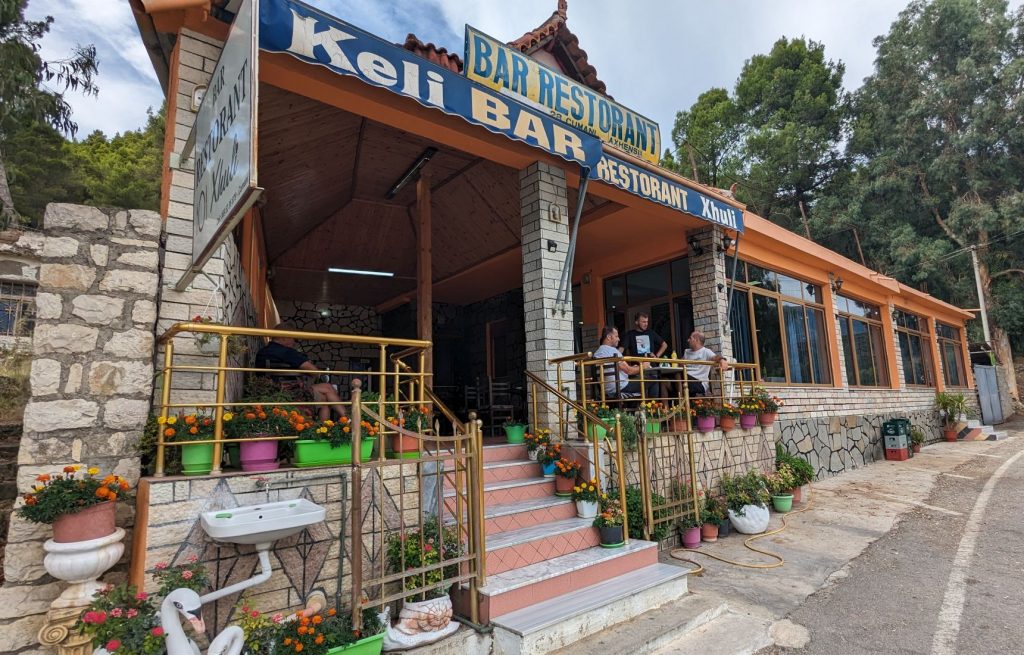
Hotel Kaceli was lovely. It has a nice front porch and pretty wood furnishings.
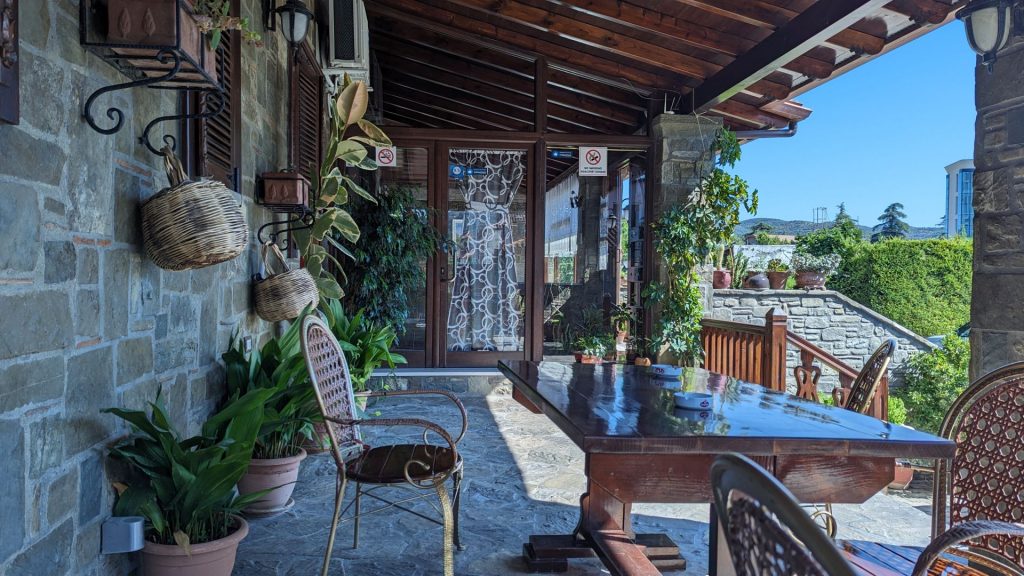
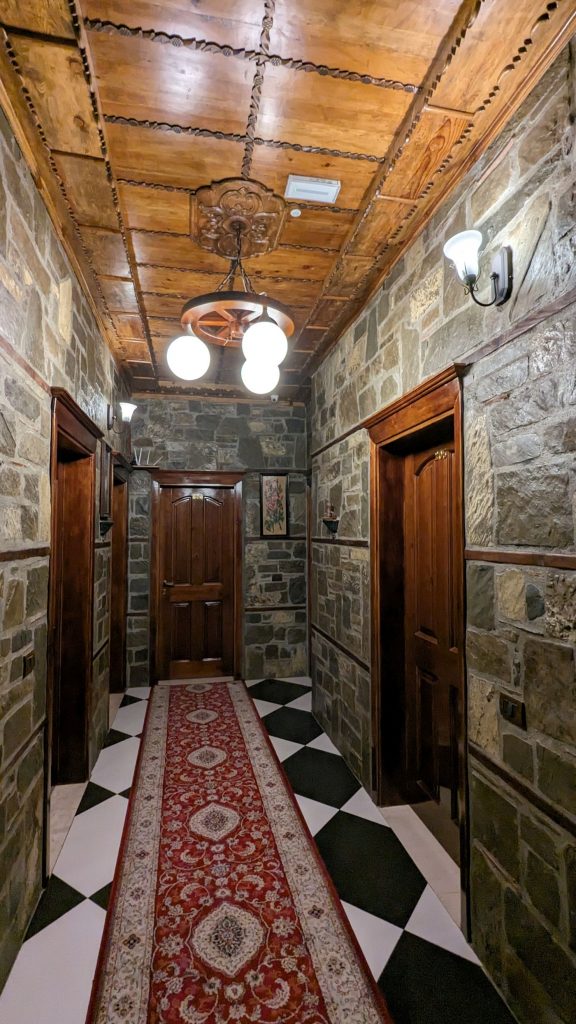
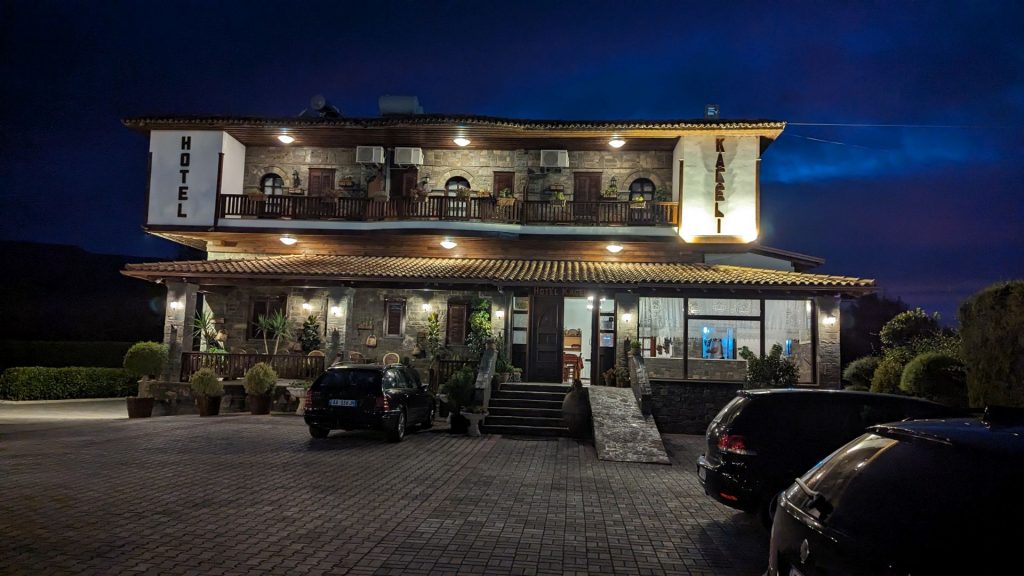
We weren’t terribly hungry since we’d had a late lunch, but we wanted to walk somewhere. We realized that there was a winery nearby. Oh happy day! We tasted several wines and filled our stomachs with the food they provided. We then purchased two bottles of wine and headed back to our hotel.
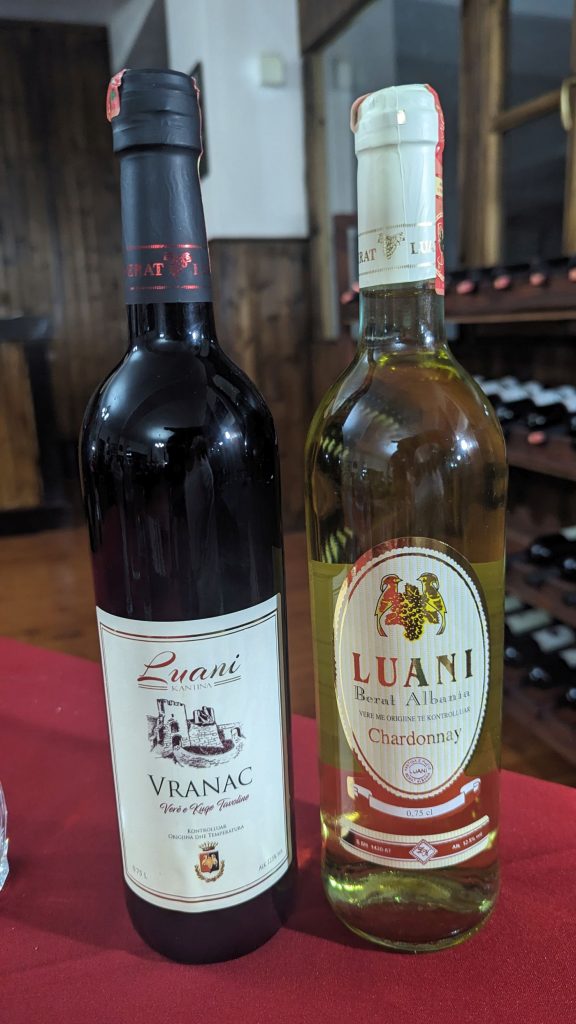
Day Six: Berat
Settled in the 6th century BC, the town of Berat is considered one of the oldest and most beautiful cities in Albania. The town of Berat is found on the Osum River, which has cut a deep gorge in the limestone rock thus forming a natural fortress.
Berat has been witness to the coexistence of various religious and cultural communities over the centuries and is one of the few examples of the architectural character typical of the Ottoman period. Because of this Berat, like Gjirokastra, was inscribed on the UNESCO list in 2008.
The town of Berat is actually made up of three parts. The fortress town ‘Kalaja,’ the main town called ‘Mangalem,’ and a final area across the river named ‘Gorica.’
Kalaja is a dominant feature overlooking the town. The origins of the castle go all the way back to the 4th century with a medieval fortress built in the 13th and 14th centuries with 24 towers and four entrance gateways. The population of the fortress was Christian, and it had about 20 churches (most built during the 13th century) and only one mosque, for the use of the Turkish garrison (of which there survives only a few ruins and the base of the minaret). The churches of the fortress were damaged through the years and only some have remained.
Fun fact: Berat Castle is depicted on the reverse of the Albanian 10 lekë coin, issued in 1996, 2000, and 2013.
Let’s start with the fortress, with its walls, churches, cute little streets, and great views.
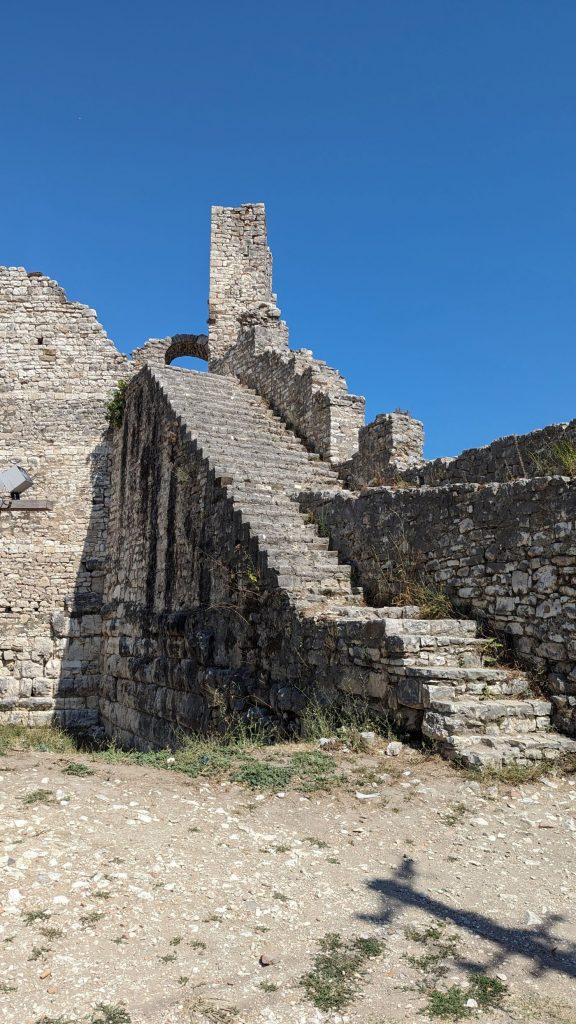
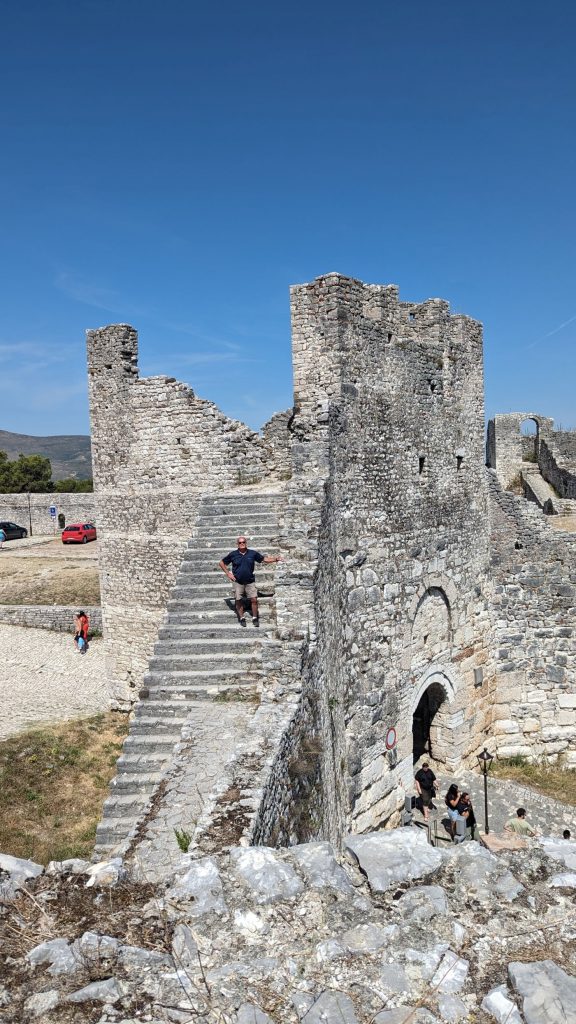
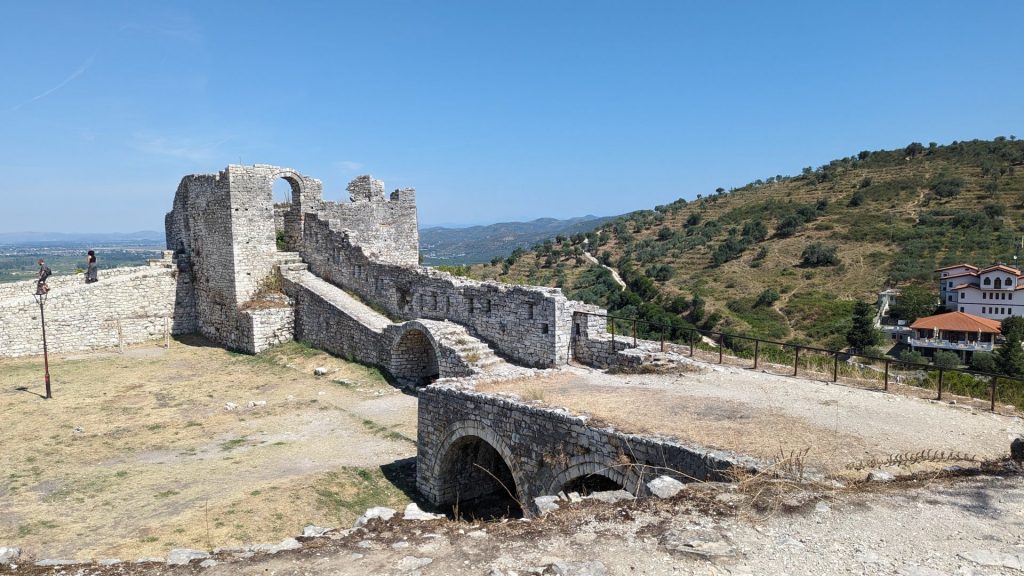
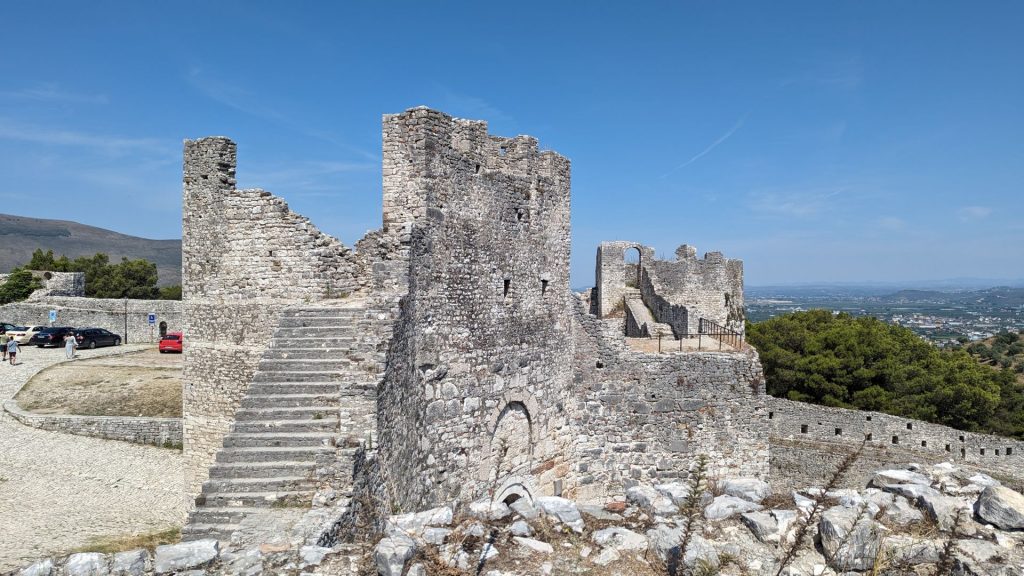
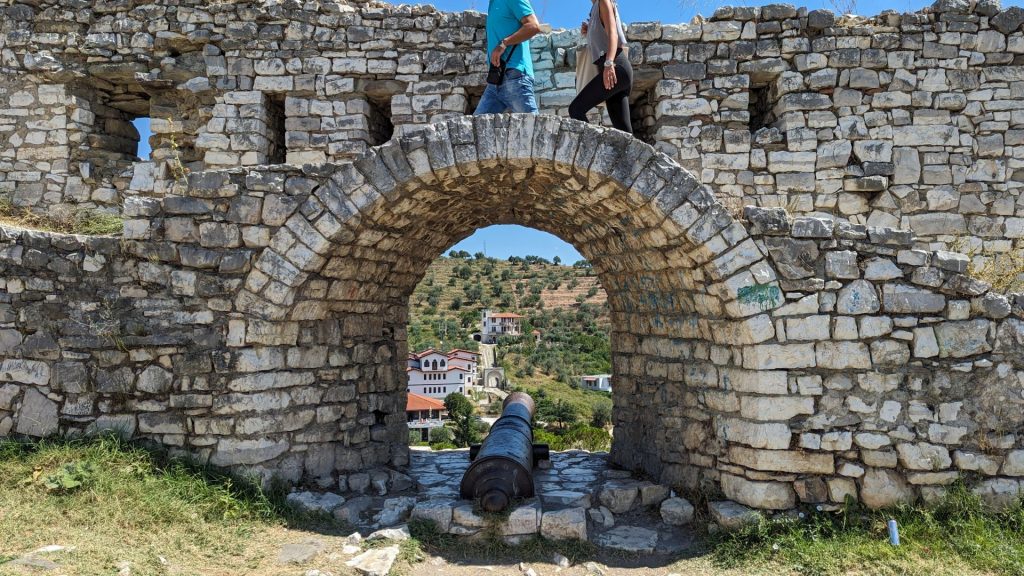
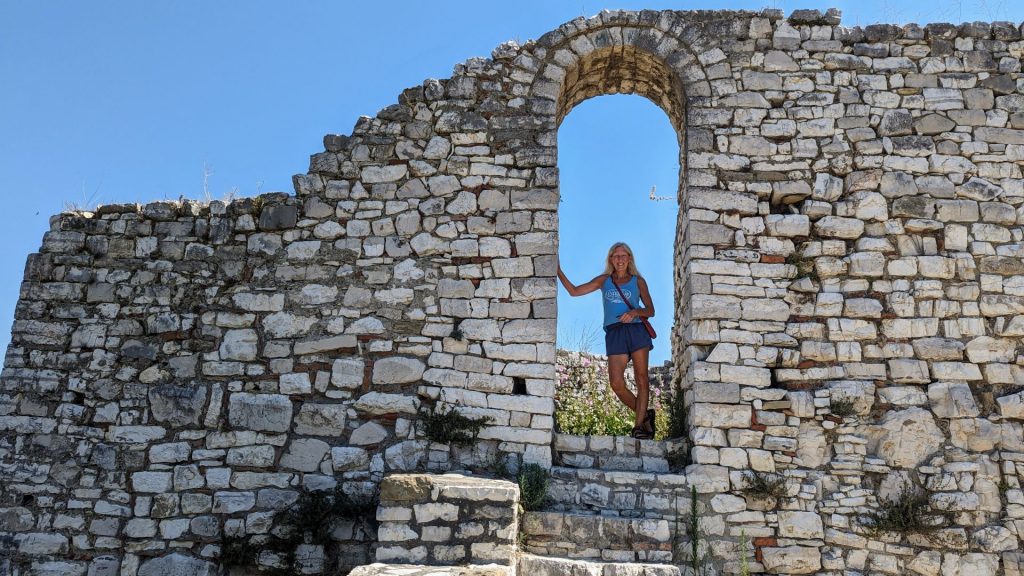
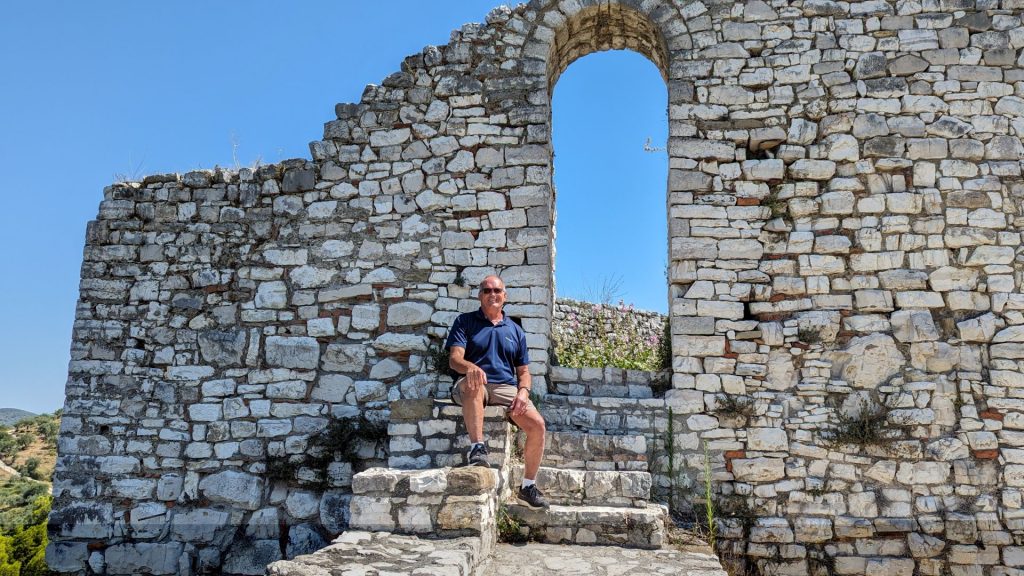
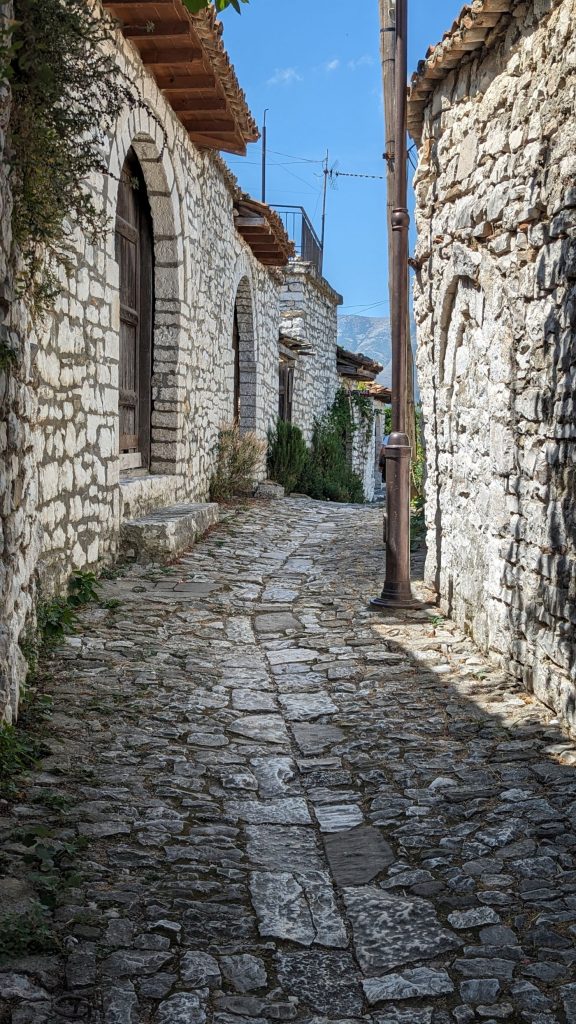
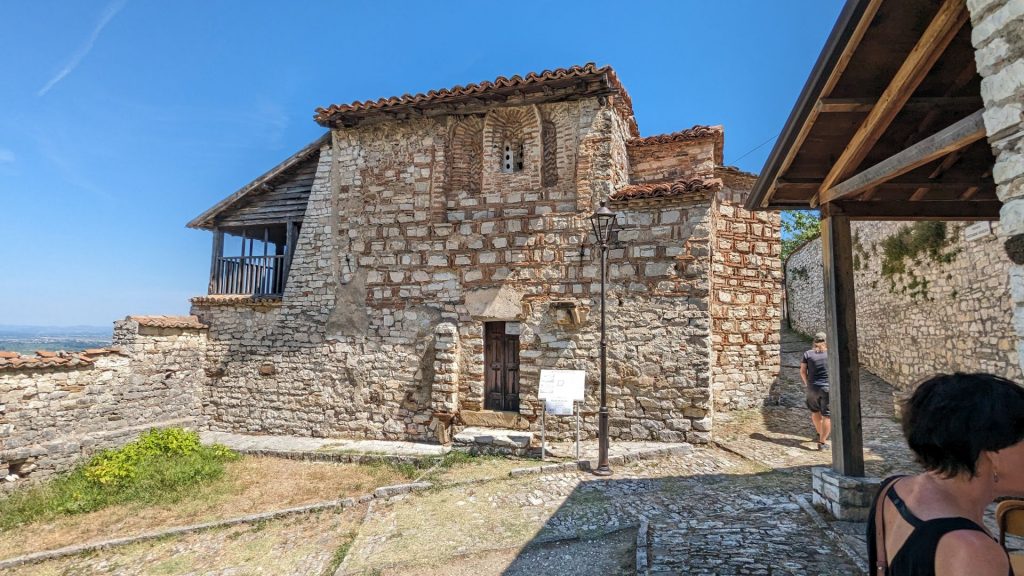
The church dates mainly from the 13th century and contains impressive frescoes and icons on its interior walls and ground from the 16th century. The paintings that date from the 16th century were mostly produced by Nicholas Onufri, the son of the more famous Onufri
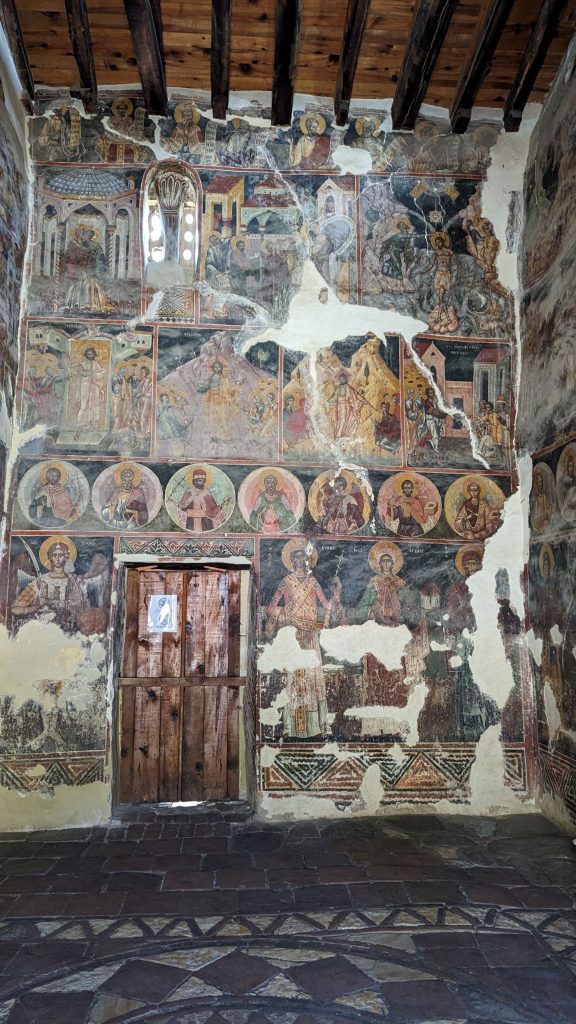
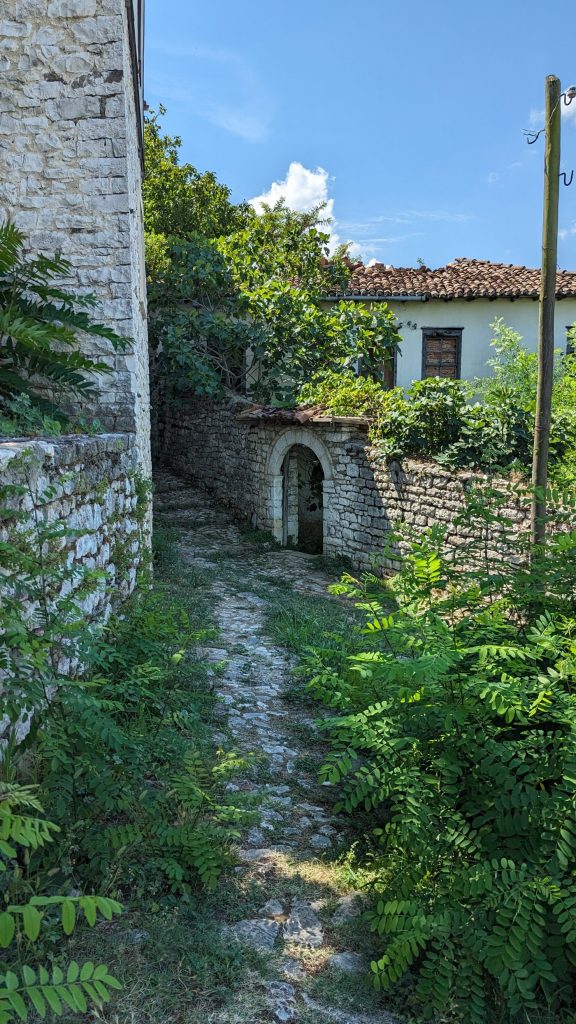
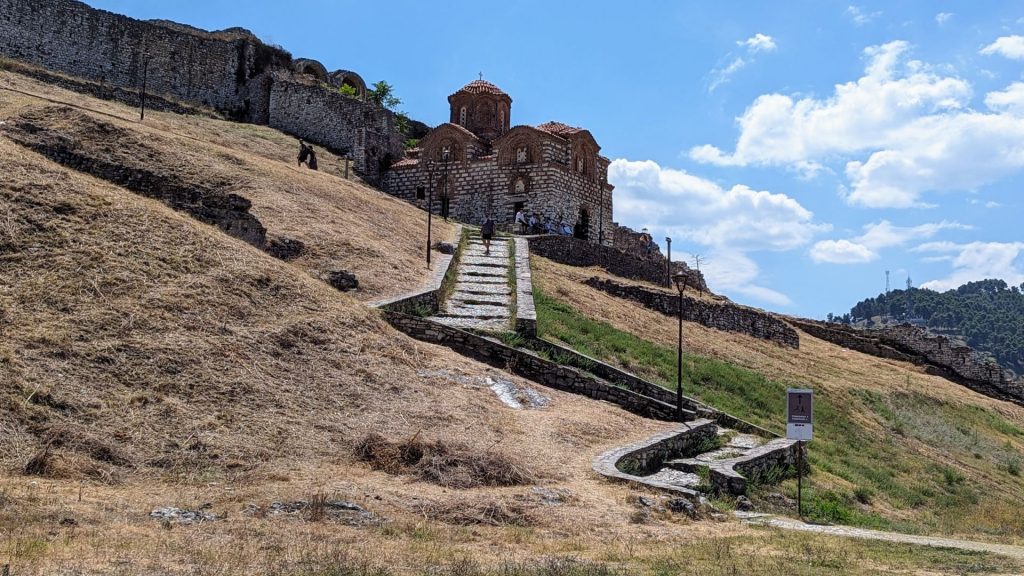
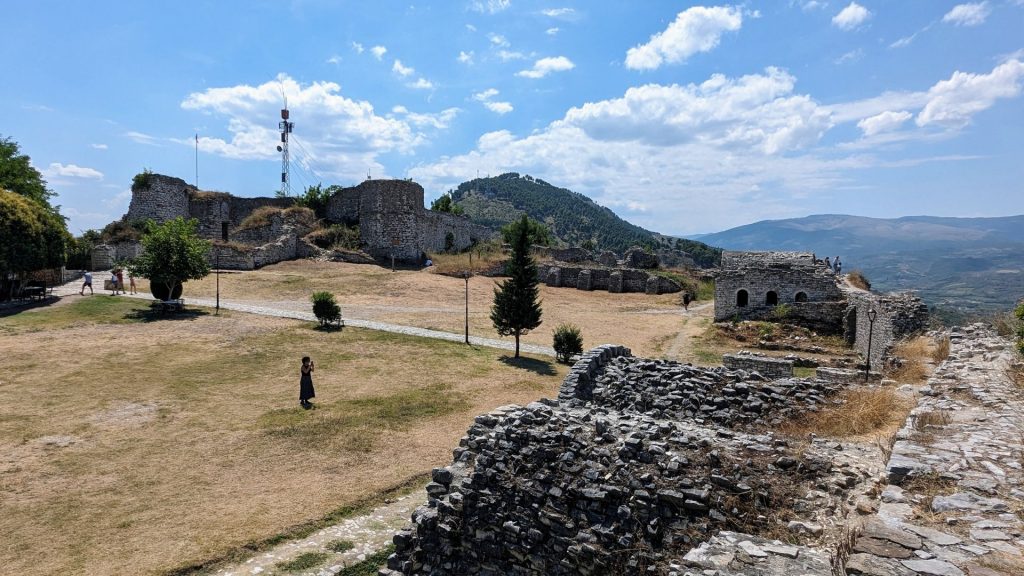
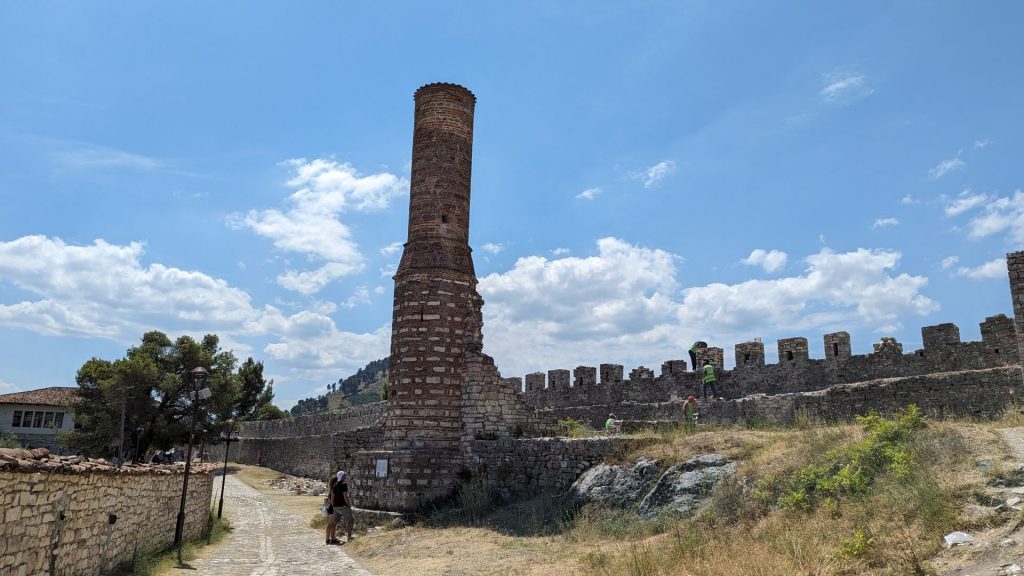
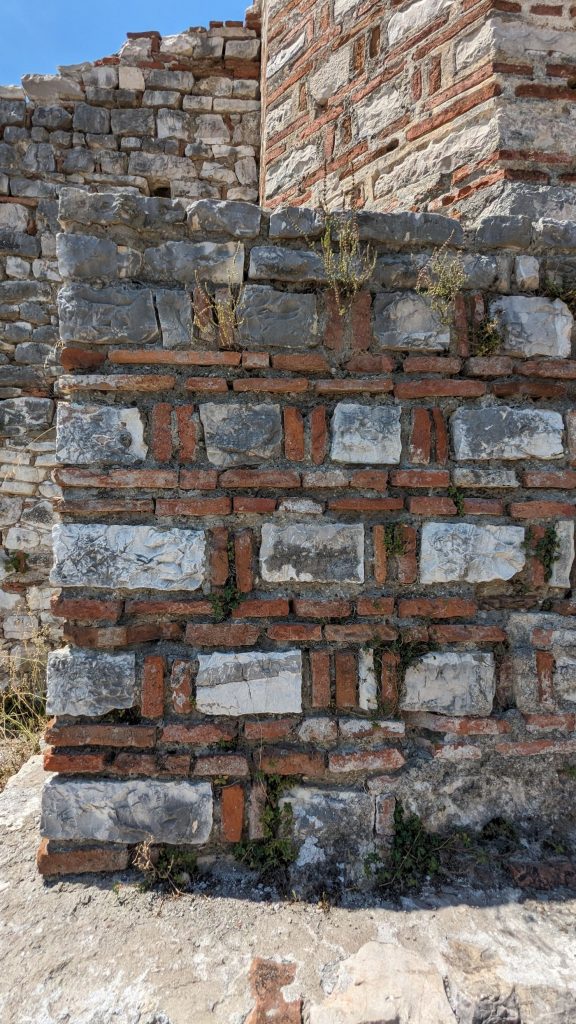
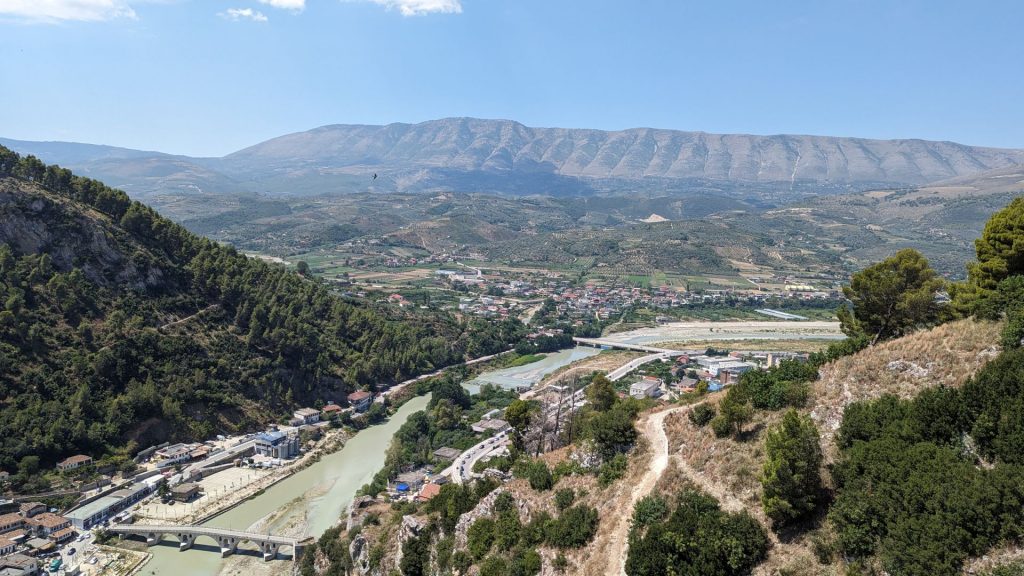
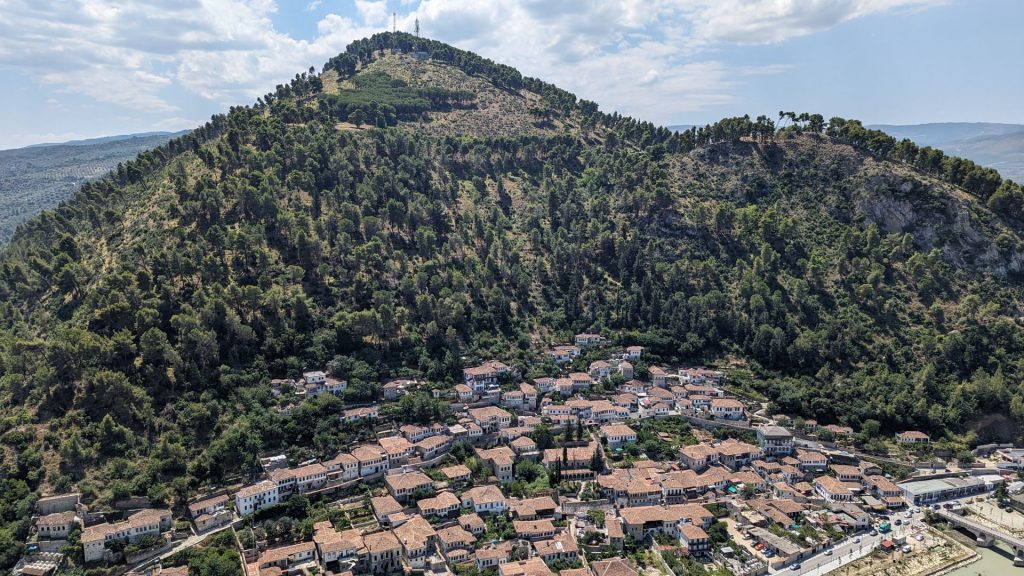
It was time for lunch and to see the Gorica bridge. These were our views from our table.
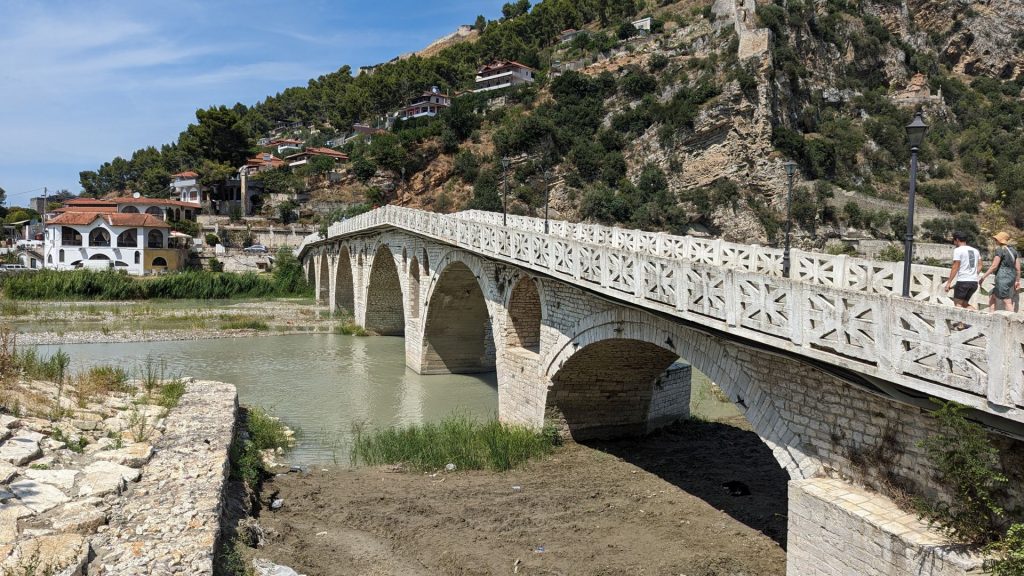
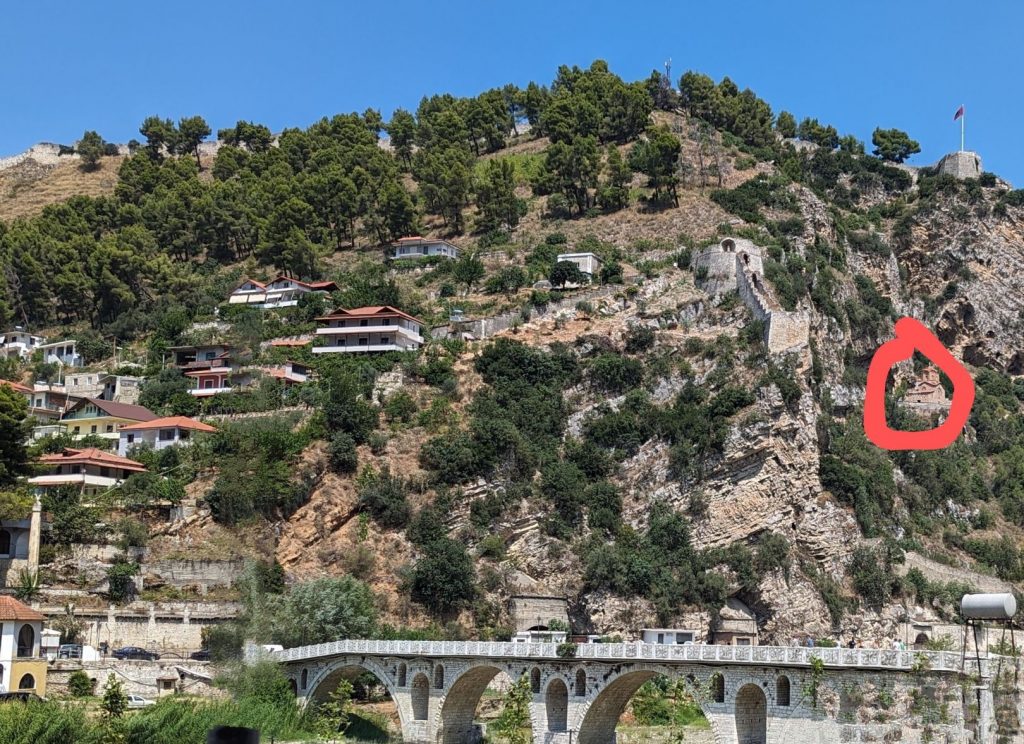
Views from a short walk:
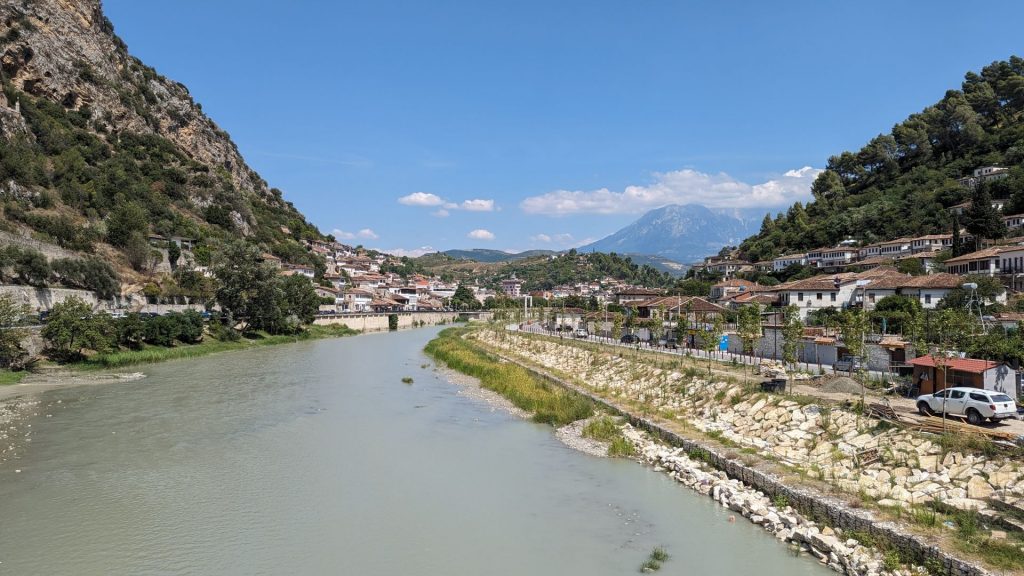
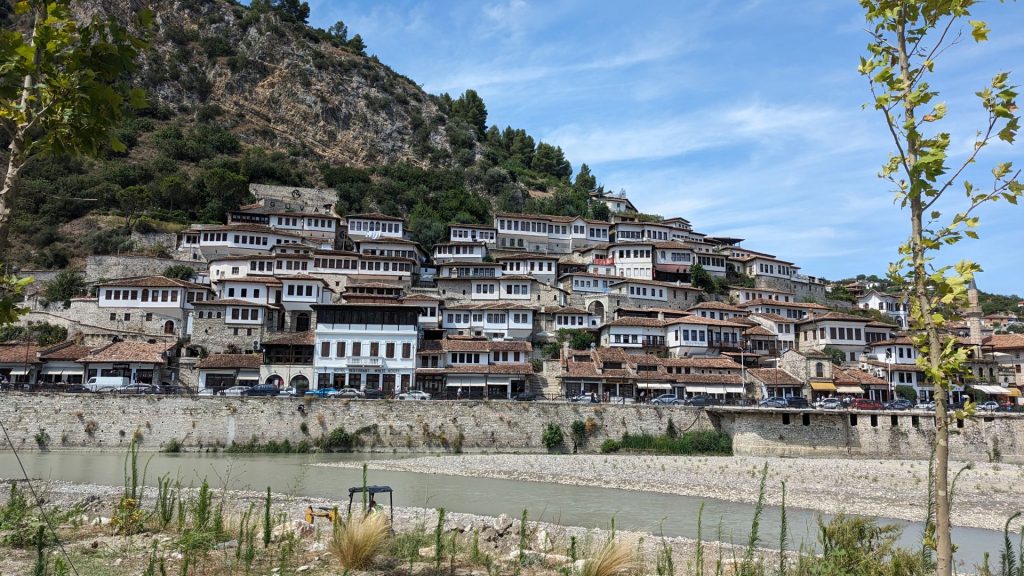
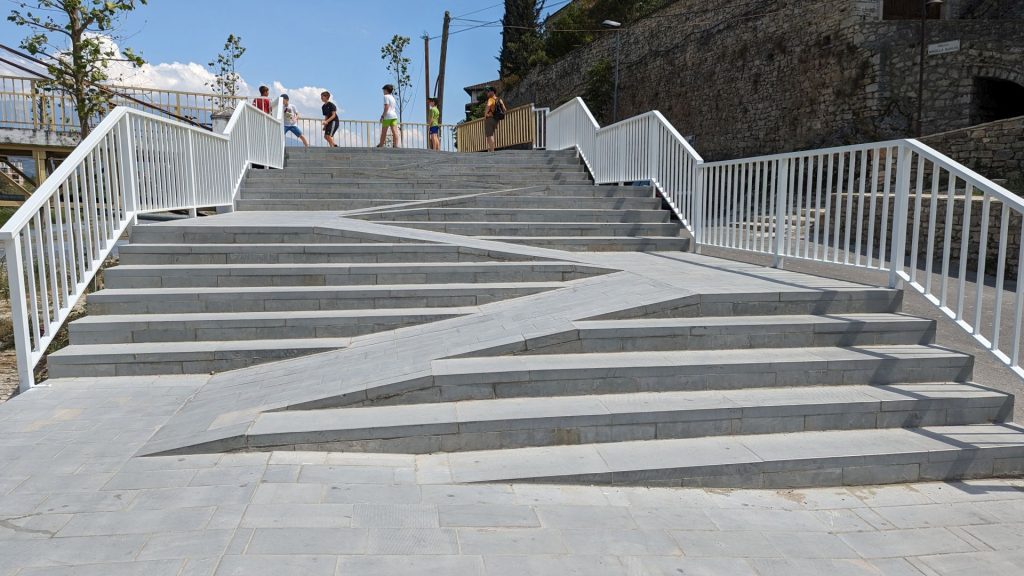
We were trying to decide what to do for dinner since we’d had a rather late lunch again. We made the wise decision to visit another winery, knowing they would probably serve us some food as well. We were trying to decide between the Nurellari Winery, which is surrounded by the beautiful Tomorri Mountain but 30 minutes away, and Çobo Winery, which was conveniently situated just 11 minutes from our hotel. We decided to take the shorter route.
Here’s just a little bit of information about Çobo Winery.
Çobo Winery has a long tradition of wine producing dating back to the beginning of 1900. But the establishment of the communist regime in 1950 did not allow private enterprises, so the winery ceased to exist.
The old tradition was kept alive in the memories and stories of the elderly members of the Çobo family. After the fall of the communist regime in the 90s, the family revived the old tradition and was able to resume its activity.
Çobo winery now owns about 30 hectares of vineyards, about 90,000 plants. They produce approximately 100,000 bottles annually.
When we arrived, there were quite a few people there. We asked if we could do a tasting and they asked if we could wait 30 minutes. They were currently finishing up a tasting for a rather large group of young women. We were fine with that.
After the two big busloads of females left, we connected with Enis, the young man we’d talked to initially. He told us that there were 95 individuals in the previous party. “All girls.” Enis took us on a tour of the winery then set us up for the tasting. We went all out and chose the more robust tasting.
The wines were amazing! They would stack up against any of the best wines in Italy, France, the USA. And the family – what a wonderful group of people! We met Enis’ sister, their father, and Enis’ cousin. We were so taken by them that we asked if we could have a photo with them. They obliged. As you can see from the last photo, we stayed until well past dark. What a magical night!
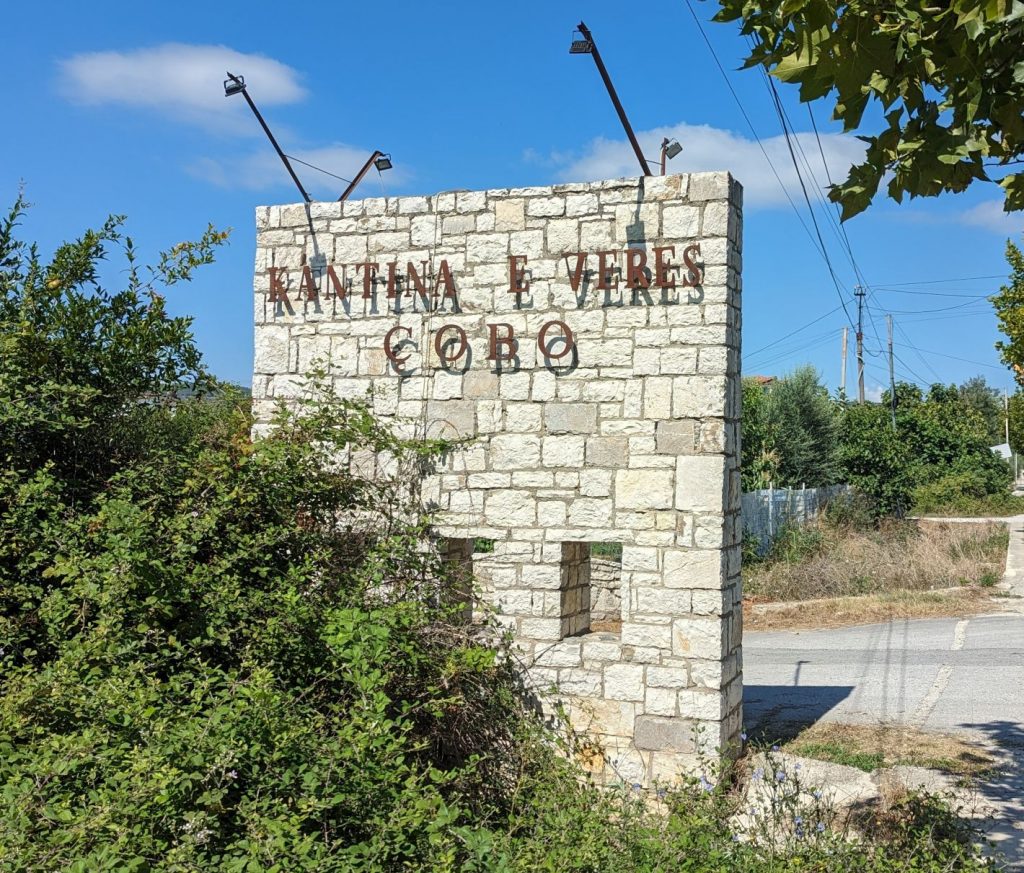
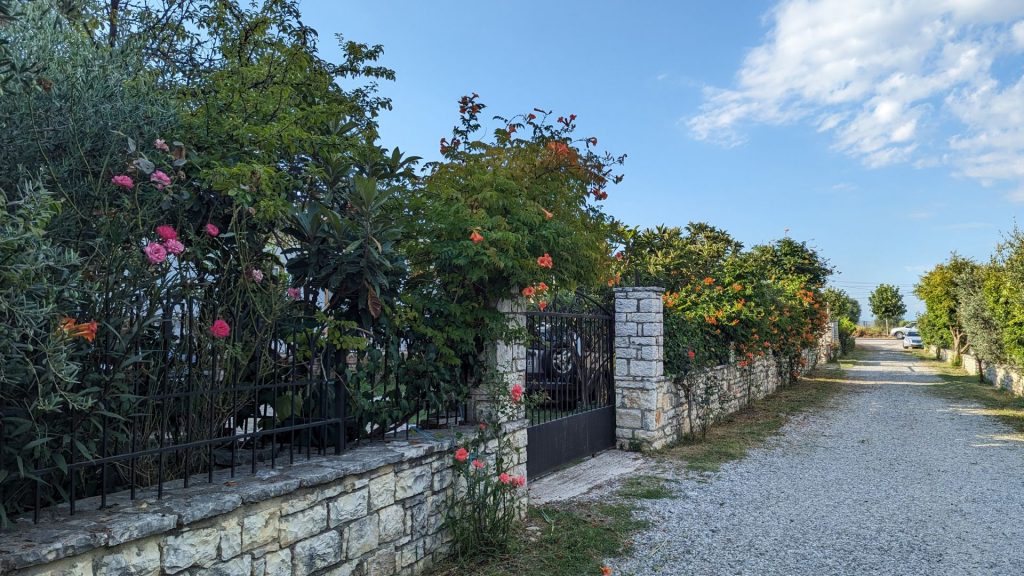
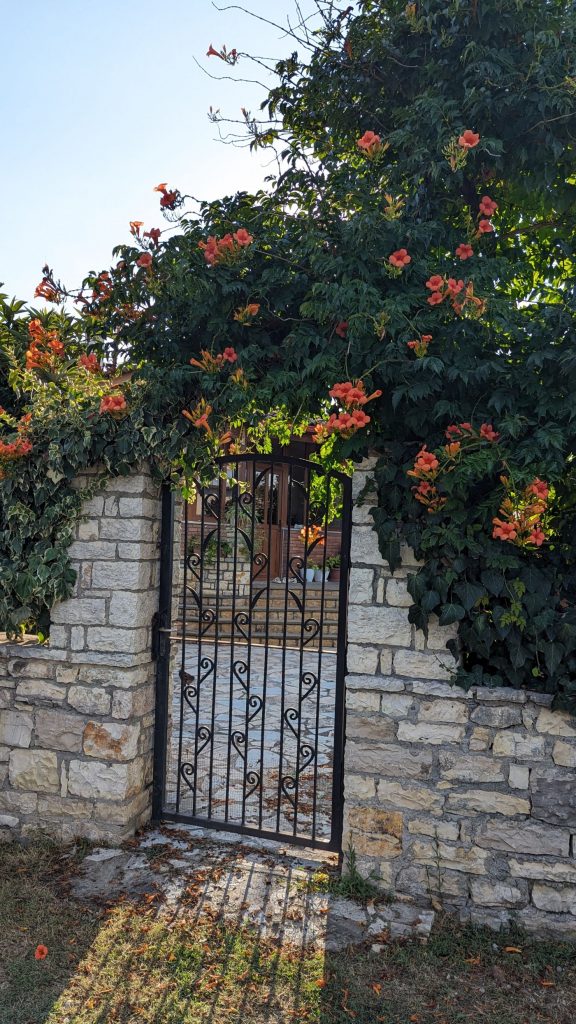
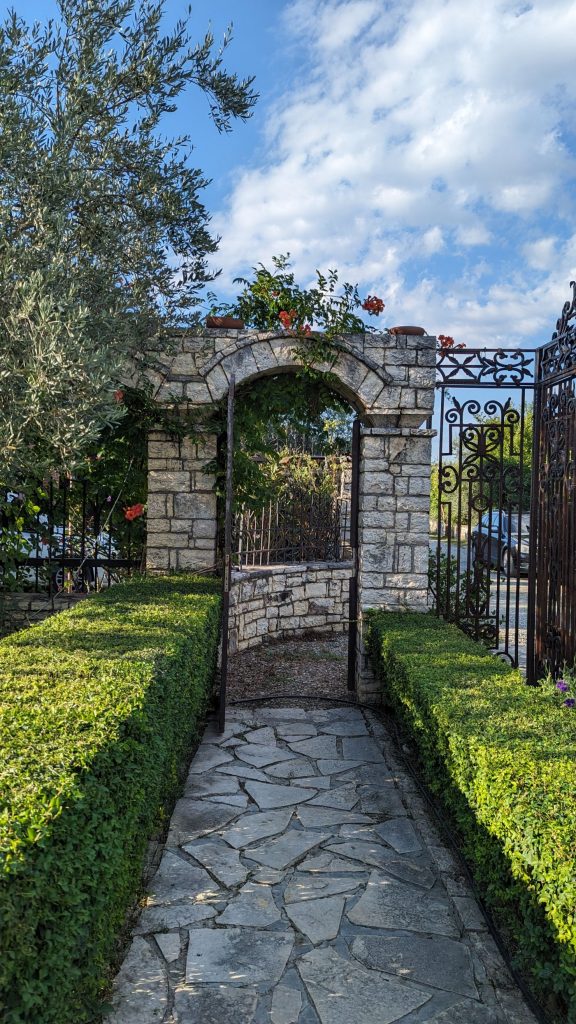
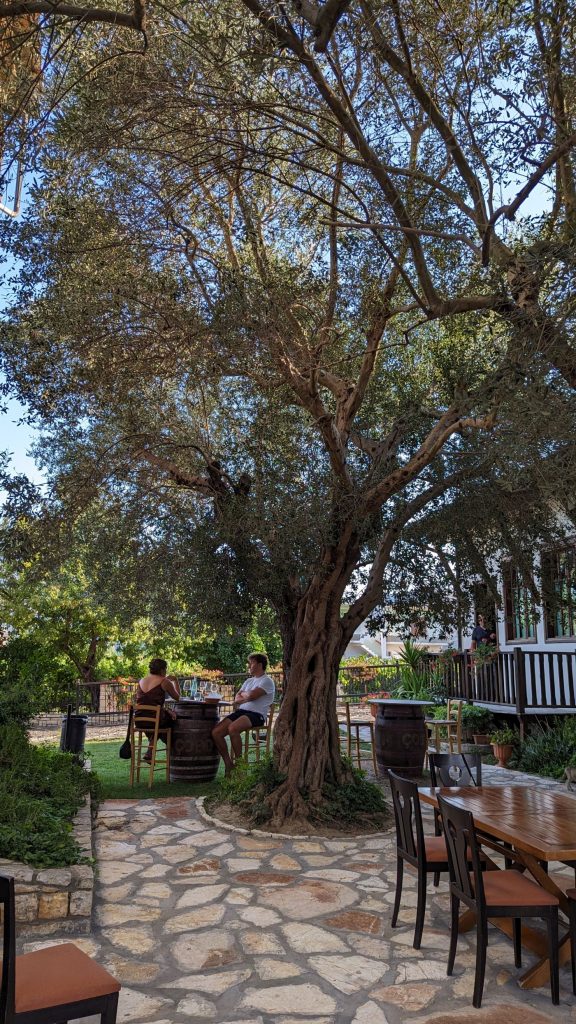
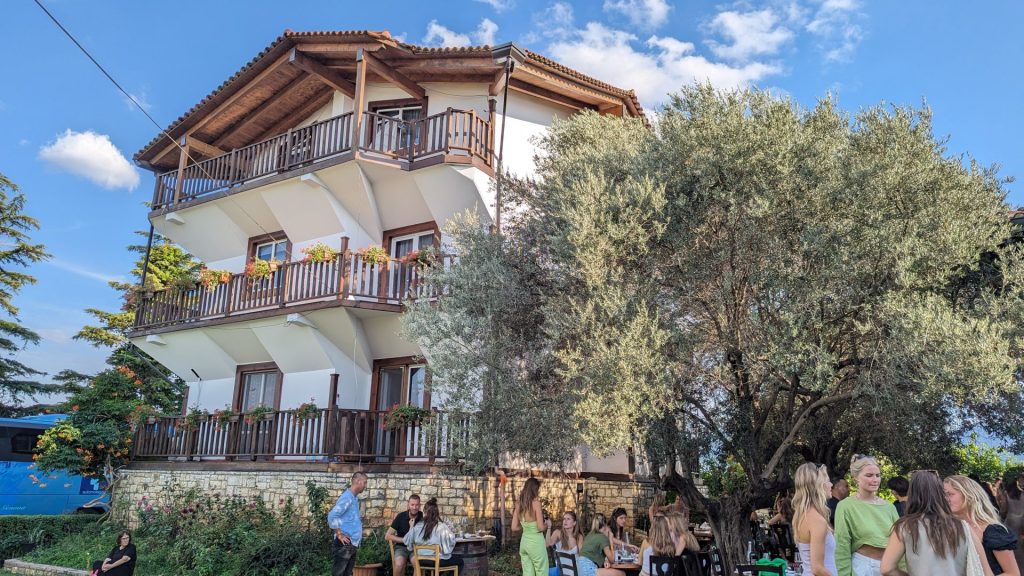
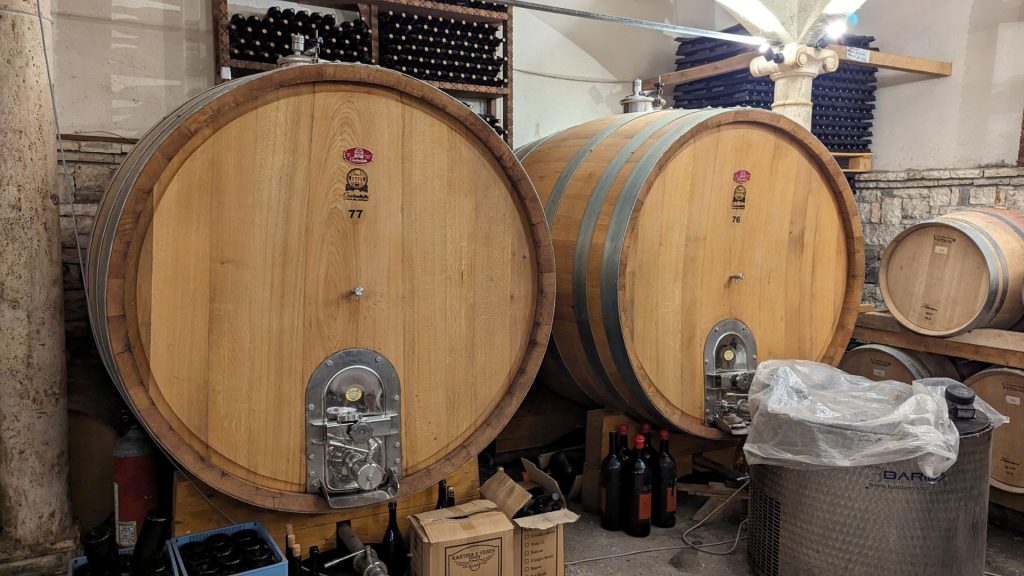
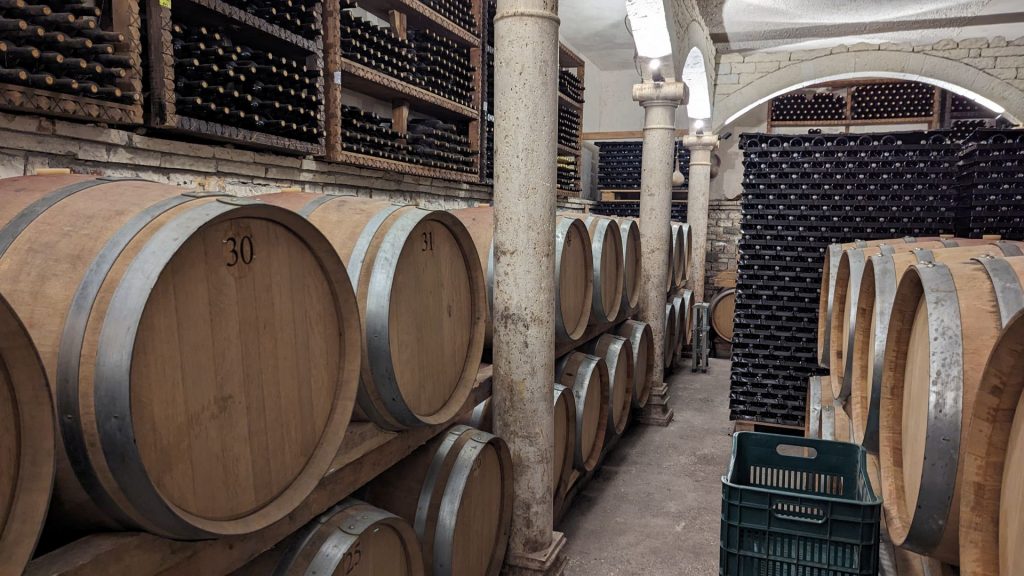
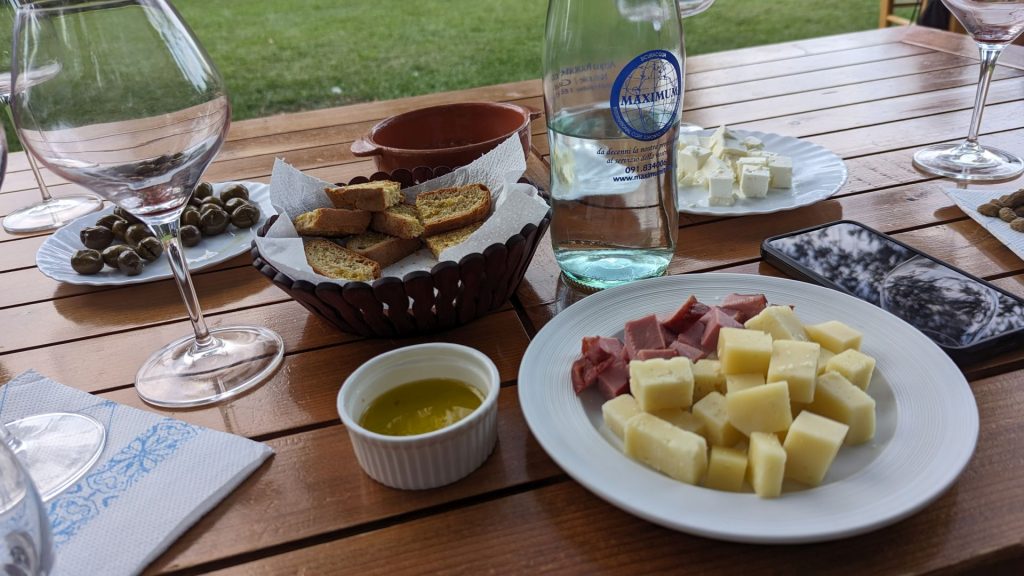
As is so often the case, we were visited by cats. Here they are!
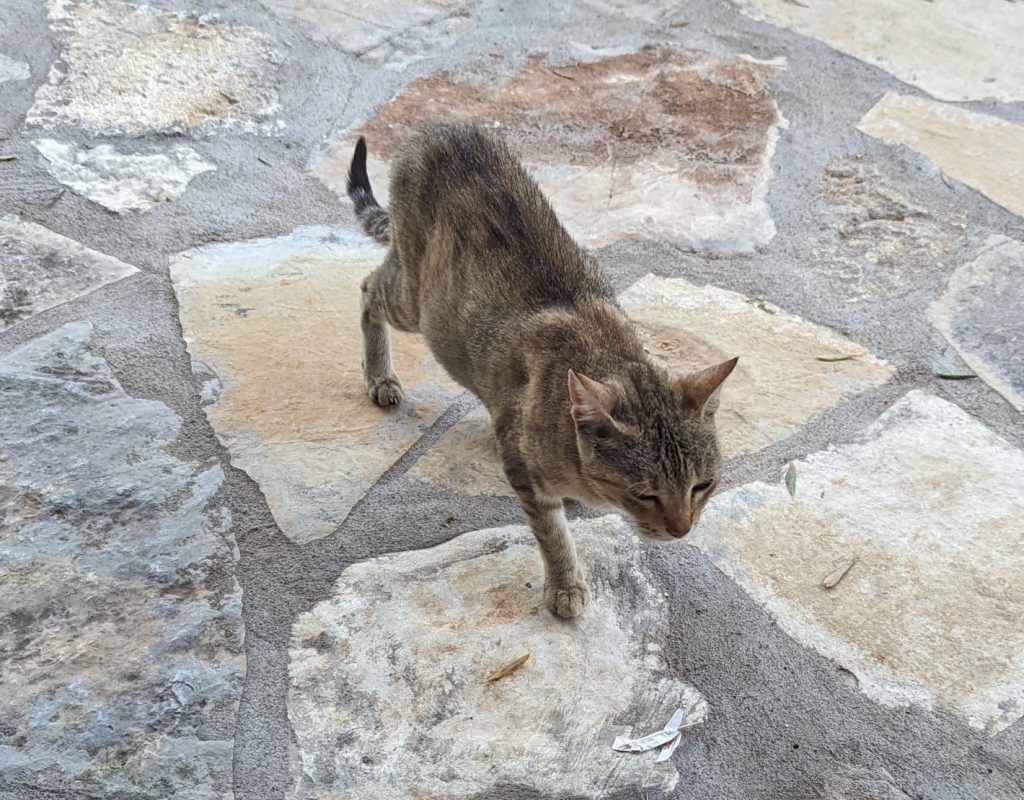
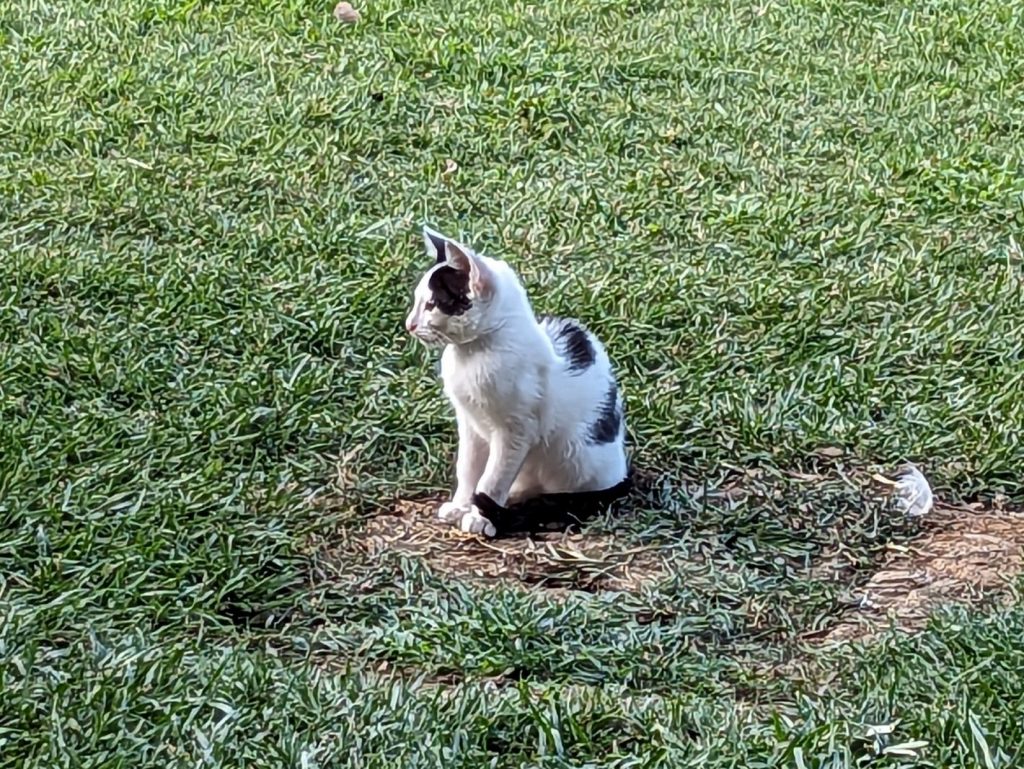
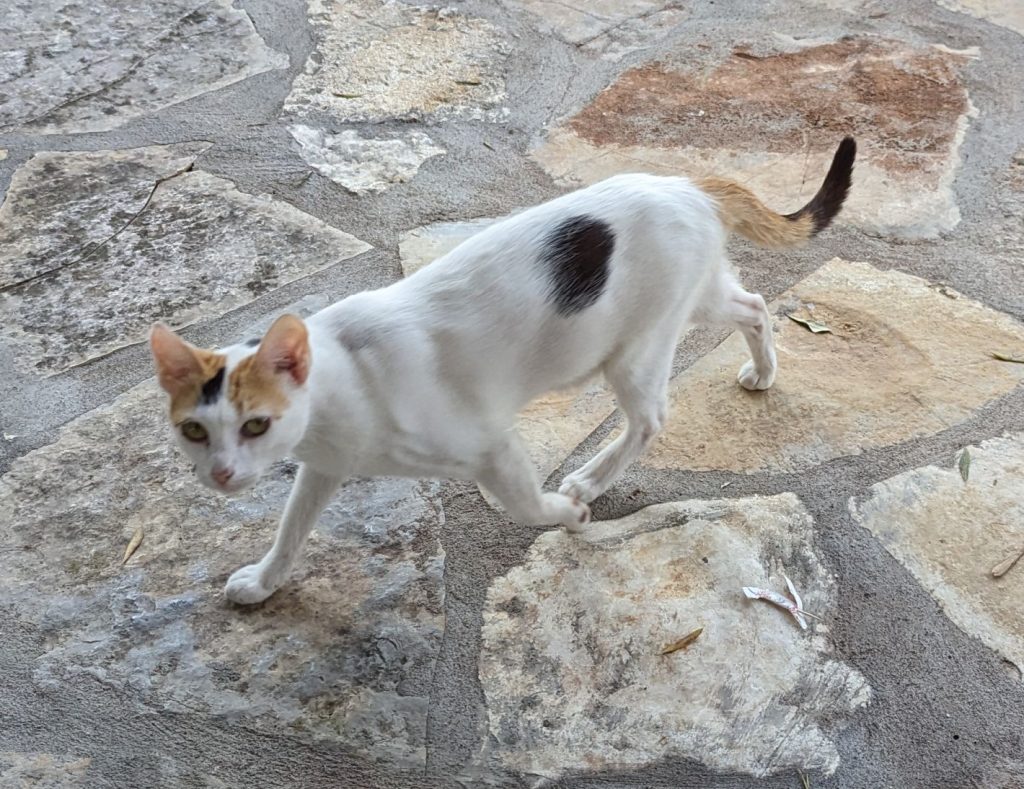
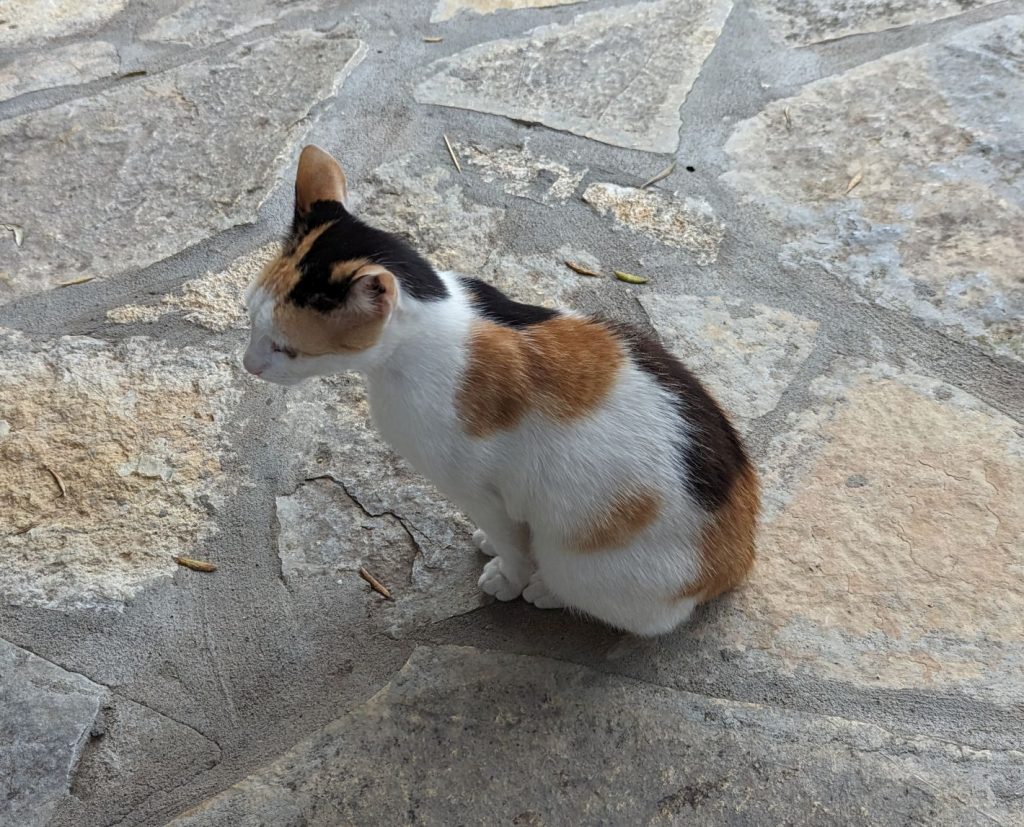
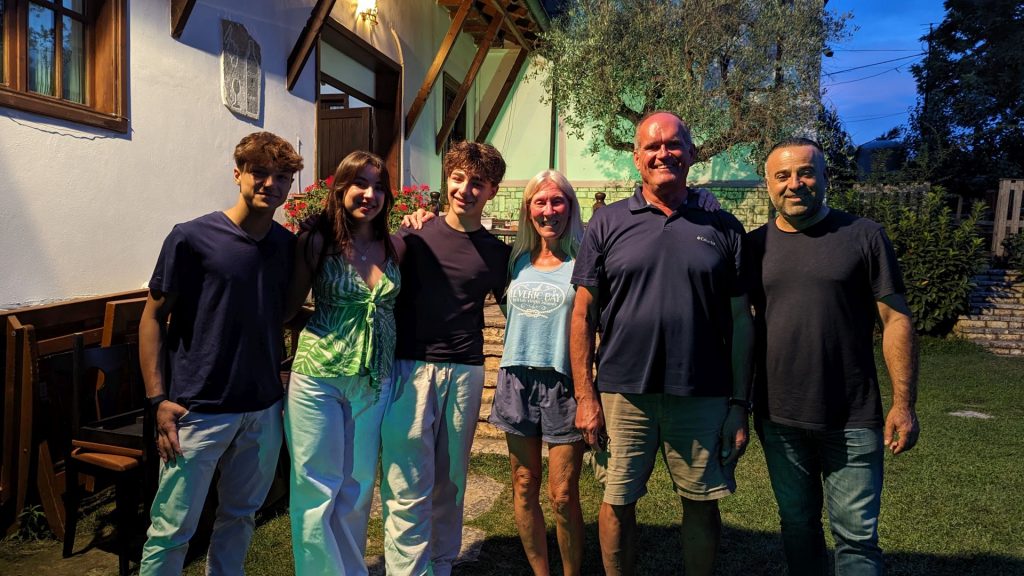
That’s it for today’s post. See you in Tirana in the next one!
